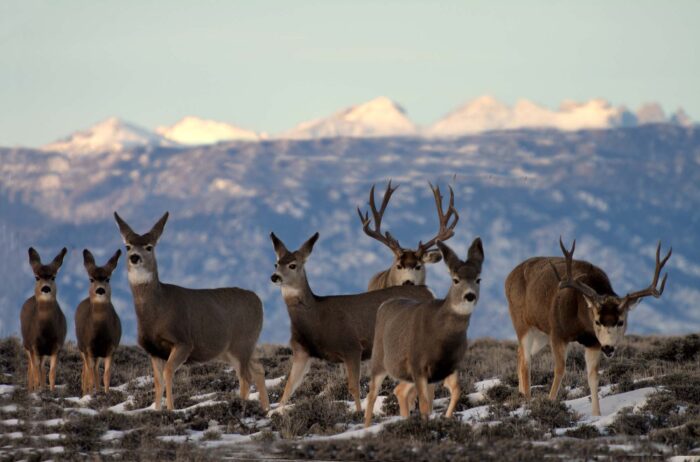After spreading to 31 states across the U.S., chronic wasting disease (CWD) has finally reached the deer population at America’s first national park.
A mule deer in Yellowstone National Park has tested positive for the disease, and it’s likely that 10-15% of the local deer population is already infected, the U.S. National Park Service said in a news release last week. This disturbing illness slowly shuts down the animal’s body, causing deer to lose energy and coordination while drooling excessively, resulting in the nickname “zombie deer disease.”
There’s no vaccine or treatment for CWD, which spreads through bodily fluids like feces, saliva, blood, and urine. So for the moment, park officials can only monitor and investigate its progress.
“To date, there is no strong evidence for the occurrence of CWD in people, and it is not known if people can get infected with CWD,” the U.S. Centers for Disease Control (CDC) said.
Risk to Humans Unknown











